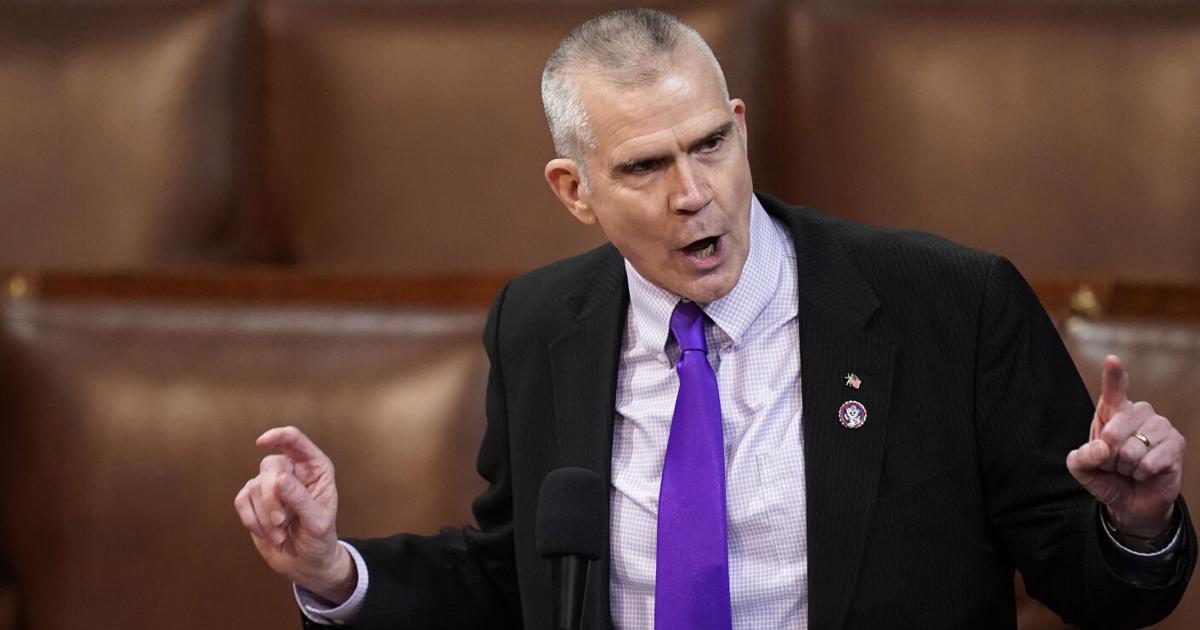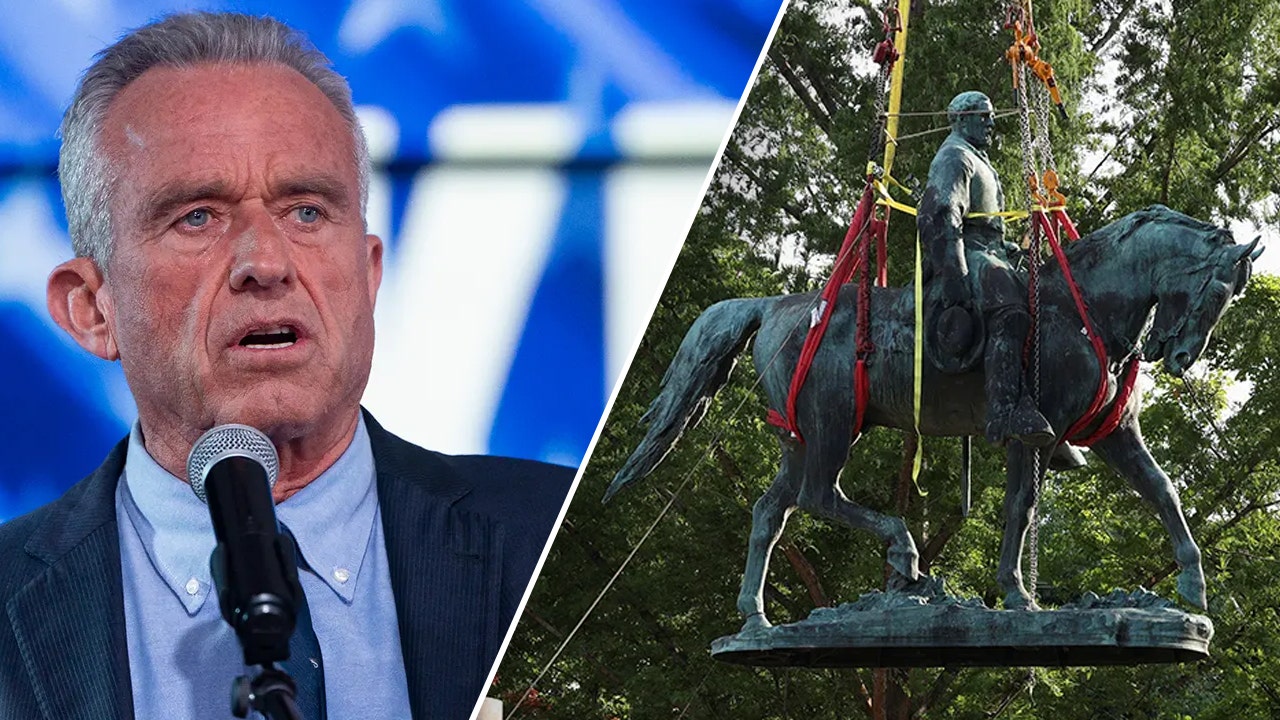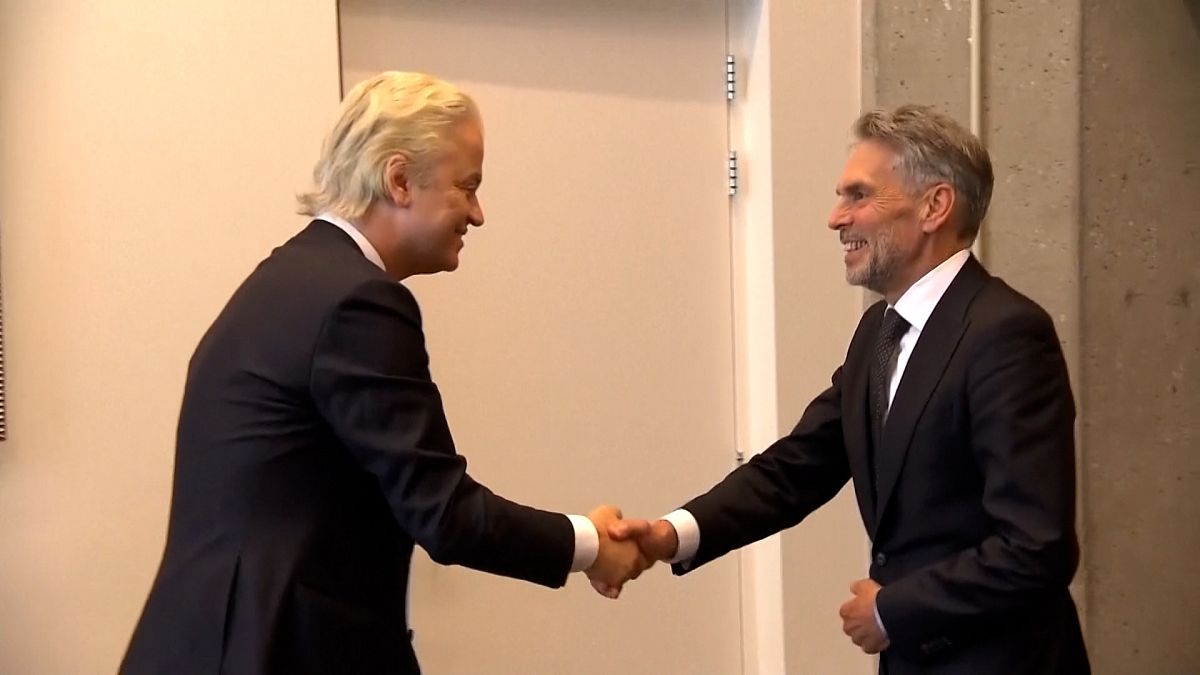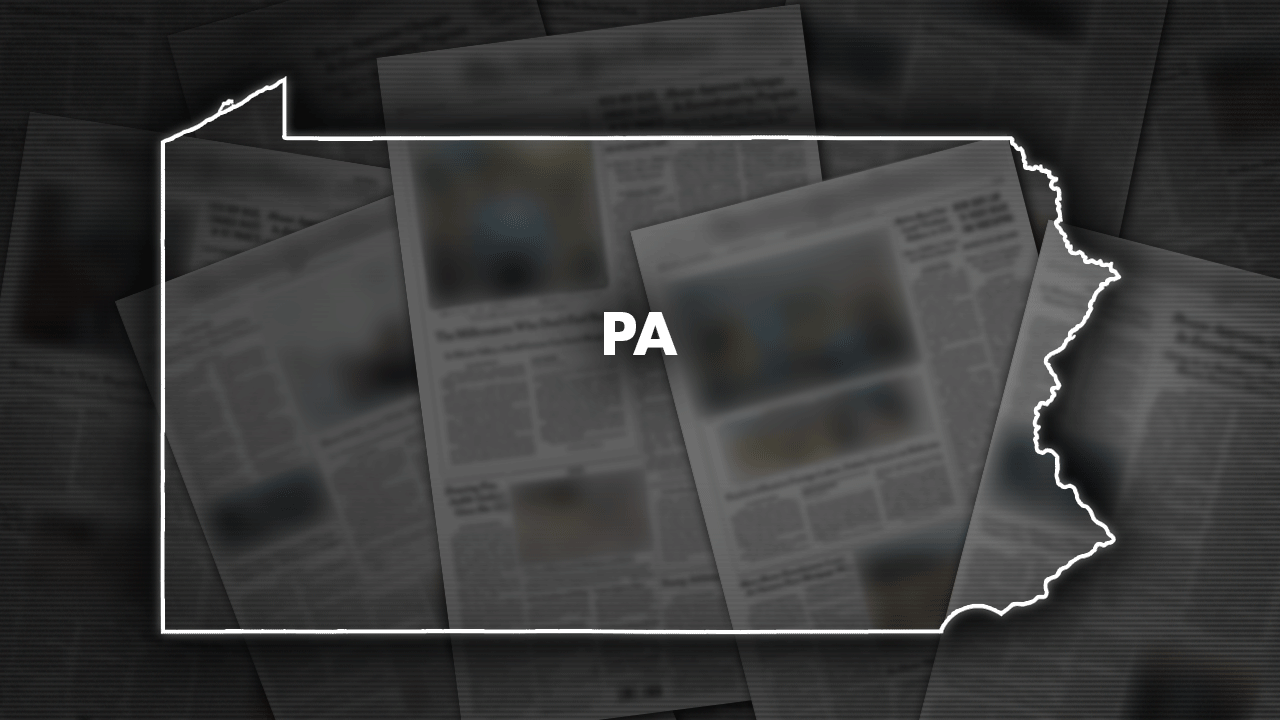Eastern Montana U.S. Rep. Matt Rosendale joined a handful of Republicans in casting the decisive votes Monday to oust House Republican Speaker Kevin McCarthy from leadership on Tuesday.
Rep. Matt Rosendale, R-Mont., nominates Rep. Byron Donalds, R-Fla., for speaker of the House on the ninth vote on Thursday.
The vote against McCarthy, livestreamed, marked just the second time in 113 years that the House has voted to oust the speaker and the only time that a House speaker lost the vote. House Republicans could be seen huddled on the House floor crying afterward. A line of lawmakers formed to console McCarthy.
The vote follows a three-week scramble to avoid a government shutdown that ended in a compromise with Democrats to keep the government fully funded for 45 days, an outcome that infuriated the eight Republican hardliners, including Rosendale.
Ironically, it was the Democrats who supplied the 208 votes necessary for the small group of Republican lawmakers to succeed. Rep. Matt Gaetz, a Florida Republican, called for the vote removing McCarthy from speakership.
People are also reading…
“I am tired of being lectured by people who have been here for decades and have increased the national debt to $33 trillion. It’s about time we did something differently,” Rosendale said before heading to the House chamber to cast his vote.
In the debate leading up to the vote, the Republican leadership shut off the available microphones on the GOP side of the chamber and forced McCarthy’s opponents to argue for his ouster from the Democrats’ side of aisle.
“They’re willing to plunge this body into chaos, and this country into uncertainty for reasons that only they understand,” said Rep. Tom Cole, an Oklahoma Republican managing the pro-McCarthy arguments during the debate before the vote.

Montana U.S. House candidate and former Secretary of Interior Ryan Zinke, left, speaks with patrons at Metals Sports Bar and Grill on May 13, in Butte. Zinke is seeking election to a newly created U.S. House district and has been criticized by some fellow Republicans in the GOP primary for not being conservative enough.
Western Montana Rep. Ryan Zinke cast the second to last vote on the motion, one ahead of McCarthy’s own vote. “No. Never,” he said.
Tuesday afternoon, Zinke posted a photo on Twitter of himself shaking hands with McCarthy after casting the deciding vote that elected the Bakersfield, California, Republican speaker in January, saying he will do so again. Back then, the Republican outliers to electing McCarthy were known as the “never Kevins.”
Zinke, after Tuesday’s vote, said the hardliners’ opposition went beyond the speaker. As Republicans scrambled in September to pass the appropriations bills necessary to craft a federal budget, hardliners twice voted with Democrats to prevent the defense appropriations from proceeding to vote.
A strictly Republican bill to keep the government fully operating for 14 days, while Congress finished its budget work, also failed as hardliners again sided with Democrats. Rosendale and the tight group of outliers were voting with Democrats on these key issues, but for quite different reasons.
Dissenting Republicans didn’t think the bills did enough, while Democrats thought the bills went too far. In the case of the Republican stop-gap bill, for example, Democrats were opposed to the agency funding cuts of nearly 30% in some cases. The bill also included a fat fiscal carrot of U.S.-Mexico border funding that Republican dissenters wouldn’t follow.
“At the end of the day, they’ve said that they will vote against everything. There is not a continuing resolution they would actually vote for,” Zinke said. “So, when you come from the position that ‘there is nothing I will vote for. And I will always vote against,’ At that point in time why are you here? Are you in Washington DC to fix it? Or are you here to burn it down?”
It should be noted that Zinke and Rosendale both voted against the 45-day continuing resolution that in the end kept the federal government fully operating through Nov. 17.
Republicans defending McCarthy before Tuesday’s vote to vacate, indicated that the full 45-days provided by the short-term funding bill would be needed to move all 12 appropriations bills out of the House and into conference committee to be reconciled with the Senate’s dozen spending bills, none of which have yet seen a floor vote, but do have bipartisan support coming out of committee, unlike the House bills.
The House, now without a speaker, returns to the leadership limbo it was in during several weeks of January during the 16-vote tug of war that ended with McCarthy’s appointment. The body will need to appoint a new speaker before moving onto the business of legislating, including the passage of its appropriations bills.
Rosendale didn’t agree with the Rep. Cole’s assessment that the ouster of McCarthy had thrown the House into chaos.
“I don’t. The committees will continue to function,” Rosendale said. “And what that will do is put a stall on activities on the floor, but we still will be able to continue our appropriations work, which is something I’ve focused on for the last four months,” Rosendale said.
It’s worth noting that Rosendale isn’t a member of the House Appropriations Committee tasked with the dozen spending bills that complete the federal budget. He has submitted several amendments to the bills via the Rules Committee, a final step in the process ahead of a floor vote.
Zinke suggested the top three candidates for speaker were likely, “McCarthy, McCarthy and McCarthy” given the support the ousted speaker had from 99% of the Republican caucus already.
Rosendale said there had to be a change in the speaker, though he didn’t know who it would be. It’s hard for anyone to show interest in the position “until such time as the king, if you will, has been removed.”
“There’s many, many qualified individuals in that room. The most important trait I’m looking for is trustworthiness and that is something that is horribly lacking in this speaker we have,” Rosendale said before voting to remove McCarthy.
Rosendale spoke specifically about the spring fight over the debt ceiling, a fight that started with a House Republican bill that increased the debt limit to $1.5 trillion, while clawing back unspent COVID-19 stimulus funds, and ending many of the tax breaks for renewable energy passed in 2022 when Democrats controlled Congress. He accused McCarthy of cutting a deal with President Biden before the House bill could be reconciled with the Senate.
“I participated heavily in that process, and we were able to bring together 218 Republicans to pass the original Limit, Save and Grow debt ceiling package, 2018 Republicans voted for that,” Rosendale said. “We sent it to the Senate, before the Senate had an opportunity to take it up, Speaker McCarthy went to President Biden and negotiated his own deal, which did not claw back all of the residual revenue that was left over from COVID, it did not freeze spending levels, it did not place the debt ceiling at a point where we could continue to have negotiations about policies moving forward.”
One of the conservative Republican lawmakers who in January brokered that deal that broke the speaker logjam, Kentucky Rep. Thomas Massie, argued on the House floor Tuesday that there was no guarantee McCarthy would succeed in getting President Biden to accept House Republican proposals.
“I was a party to the January agreement. And I can tell you that there were promises in there. But there was never a promise of an outcome. There was never a promise that you could force Joe Biden to sign something,” Massie said. “There was only the promise that we would try, and try we have. We have tried in the Rules Committee. We have tried on the floor. We’ve been trying this since this summer. And there’s enough blame to go around for why we don’t have 12 (appropriations bills passed), but part of it was a relitigation of the debt limit deal. By the way, there was no promise on the debt limit deal. No positions on that in January, zero whatsoever.”
There are accusations leveled at the hardliners that they were using the threat of the government shutdown, as well as the motion to vacate, to raise campaign donations. Rep. Garrett Graves, a Louisiana Republican, produced a fundraising text sent to his cell phone from Rep. Gaetz fundraising off the motion to vacate.
Rosendale wasn’t immune from accusations of politically profiting from the division among House Republicans. A reporter for the Messenger, a conservative non-profit news outlet, had produced a video in which Rosendale, during a fundraising event last week, said he had prayed against the “red wave” that Republicans had hoped would produce a large House majority, as well as Senate control in the 2022 general elections.
“A lot of people unfortunately were voting to have a 270, 280 Republican House. I was praying each evening for a small majority because I recognized that a small majority was the only way that we were going to advance a conservative agenda,” Rosendale said in the video event with Rep. Gaetz and former Trump advisor Steve Bannon. “And that if it was the right majority, that if we had six or seven very strong individuals, we would drag the conference over to the right. And we were able to do that.”
Rosendale’s remarks were met with rebuke by talk radio personalities who would normally treat the Eastern Montana representative as a friend of the show. Zinke was also not amused.
“This is the same group that prayed, evidently, for a majority that was thin. How could you be on the Republican side of the aisle and pray for Republicans to get beat?” Zinke said.
Rosendale confirmed his position Tuesday.
“I will absolutely verify, I said I was hoping that we had a small majority because I knew that if a majority was very big, we would not be able to move the conservative agenda. And guess what? I was right,” Rosendale said. “And that’s why we’ve been able to pass HR1. The Senate hasn’t done anything with it, but that’s our energy bill. That’s why we passed the most comprehensive and conservative immigration and border security bill that anybody up here has ever seen. That was HR2. That’s why we were able to pass the NDAA, the National Defense Act, with all Republican votes, because we clawed the funding for all transgender surgeries and abortions, taxpayer funded surgeries for transgender and abortions, and the Green New Deal provisions. We absolutely voted the most conservative agenda anyone has ever seen. The problem is that we’ve got a speaker that continues to go back around behind us and negotiate without the conference with the Democrats and the president.
“If you have ended up having legislation that has more Democrat votes than Republican votes, who are your working for?” Rosendale said.
McCarthy, hours after his speakership ended, said in a press conference that it was that eight Republican hardliners who were working for Democrats, not him. The vote that ended his speakership was 208 Democrats and eight Republicans voting in favor, 210 Republicans voting no.































